Al's Gritty Mix for Succulents/Cacti- 1:1:1 with bark or no bark?
ealdwood (10a)
8 years ago
Featured Answer
Sort by:Oldest
Comments (38)
rina_Ontario,Canada 5a
8 years agoewwmayo
8 years agoRelated Discussions
Getting Started With 1-1-1 Gritty Mix FAQ
Comments (17)I substituted perlite in my mix to cut down the weight, and it is much lighter this way. It's working very well so far and I haven't noticed any separation when watering gently. But I don't think I would use this mix outdoors. The wind and rain could send the perlite everywhere and possibly knock over or uproot top heavy plants. As for Floor Dry, I've used it and it seems to be a perfectly acceptable substitute for Turface. I prefer the color of Turface though, and since they're about the same price, I use Turface. Their website lists distributors for each state. That's how I found mine. Also, I don't think calcined DE like Floor Dry will be a problem for soil microorganisms. It's powdered DE that is used to control pests. -Chris...See MoreExcuse me, Al's Gritty Mix 1-1-1 question
Comments (2)1) All plants have rhythms (search endogenous/circadian) that control how they react throughout the growth cycle, the primary stimulus being photoperiod. My plants in the basement, with only 1 small window at the far end and growing under timed lights, 'know' when the spring equinox has arrived, because that's when they begin to grow in earnest. It's possible to trick a plant into ignoring what would be its natural rhythm by very closely controlling photoperiod, but it's not easy. Your citrus tree will grow in spurts. You can repot at the end of a growth spurt if you wish, but it's better to repot in April. Still, with the cool temperatures we've been having here in MI, it wouldn't be too far off the mark if you hurried and repotted now. 2) Screen your Turface MVP over insect screen and use the fines for something else. Screen the crushed granite or cherrystone over insect screen to remove the dust. For bark, use what passes a 3/8 screen (1/2 is ok if you can't find 3/8) and what doesn't pass a 1/8 screen. 3) Yes 4) Saw off the bottom half of the root mass, then cut 2-3 pie-shaped wedges into the remaining roots that will eliminate half of what remains. Next spring, you will remove the other half of the roots by removing the wedges that remain, then skip a couple of years. Zone 5b, eh? What city/town do you live in/near? Al...See MoreQuestion for Al (tapla) re bark in gritty mix
Comments (39)Hey Al, just wanted to make sure that 2 years later all this advice is current. Some of my gritty mix is now just about 2 years old also. It seems to be holding up but I got to thinking, like some of those in this thread, that it sure would be nice to have a permanent mixture for the long term plantings, by withholding the organic ingredient. Plus it's one less ingredient to have to buy and later screen. I see your main purpose for including it was to lessen the fears of potential gritty mix users that plants couldn't possibly grow in it. It's also used to average the particle size and water retention of the two other ingredients. I use FP to fertilize and look after my plants often enough that this isn't a fear of mine. I utilized a 1:1 ratio of Cherrystone:Turface for two basjoo banana trees planted in the ground here in zone 4. I have heavy clay and when I grew them the last time, they grew slow and their corms later rotted over the winter. I also don't think I properly watered/fertilized. So this year after reading your posts in the link below, I upped the FP by 4x to 1 tsp of FP per gal, rather than 1/4 tsp I used before, and brought the PH down to 5.5 with vinegar rather than the unacidified 7 of my tap water. I know you water with this dosage weekly with outdoor plants but I watered with it almost every day during the hot summer days with no apparent issues. I found that this amount of FP was too much for the indoor plants though... I also experimented with digging about a 4-5 gal hole where I planted the bananas and poured in the 1:1, so at least some of the soil near the corm and roots didn't have to deal with the heavy clay. The plants grew waaay faster this summer and hopefully it'll help the stems/corms survive this winter. I utilized the 1:1 before reading your post in this thread about using a higher ratio of granite/cherrystone to compensate for the small particle size of the turface. Even though the basjoo's did great in the 1:1, I'm guessing in a pot, a proper ratio (2:1 or 3:2 like you mentioned) would be a bit more important. Is this a safe assumption? Here is a link that might be useful: Fertilizing advice...See MoreFir Bark for Al's Gritty Mix
Comments (15)Wow, puglvr. What a find at Walmart, who would have known. Great tip. Now, all this being said, Mike and all you other container citrus folks, since I live is such a warm and very dry climate here in N. San Diego county, I use smaller bark pieces in my EB Stone Cactus Mix. I actually want/need some water retention or during the summer I would have to literally water my container citrus twice a day. Here's what it contains (I don't know if this is in order of highest to lowest quantity - I need to run out to my potting area to see what the label says exactly), but this is from their web site: Contains Fir Bark, Lava Rock, Canadian Sphagnum Peat Moss, Sand, Redwood Compost and Mushroom Compost. I know it has sphagnum peat moss in it, which I'm not thrilled about due to the non-renewability of that product, but all other contents seem to be pretty good, and I will post some pics of my little Ortanique tangor that is coming back from death's door. It is very, very happy in this mix, along with some Osmocote. I have to really keep my container stuff in the KISS line of thinking with my very full time job, or they'll die from neglect :-) I'll also snap a photo of the mix so I can get some opinions. So far, I've got 2 citrus in pots that are really, really doing well and have come back from a bad start using this combo. Patty S....See Morethechinski
8 years agoandy_e
8 years agonomen_nudum
8 years agobikerdoc5968 Z6 SE MI
8 years agoBen was 10a/26, now 7a/34
8 years agoealdwood (10a)
8 years agoewwmayo
8 years agorina_Ontario,Canada 5a
8 years agobikerdoc5968 Z6 SE MI
8 years agopenfold2
8 years agobikerdoc5968 Z6 SE MI
8 years agoehuns27 7a PA
8 years agorina_Ontario,Canada 5a
8 years agojalcon
8 years agobernardyjh
8 years agolast modified: 8 years agojalcon
8 years agobernardyjh
8 years agonomen_nudum
8 years agolast modified: 8 years agoandy_e
8 years agorina_Ontario,Canada 5a
8 years agoealdwood (10a)
8 years agobernardyjh
8 years agoewwmayo
8 years agobikerdoc5968 Z6 SE MI
8 years agoewwmayo
8 years agobikerdoc5968 Z6 SE MI
8 years agoealdwood (10a)
8 years agolast modified: 8 years agobernardyjh
8 years agoewwmayo
8 years agomariec_6a
7 years agoxerophyte NYC
7 years agobernardyjh
7 years agoewwmayo
7 years agoxerophyte NYC
7 years agoewwmayo
7 years ago
Related Stories
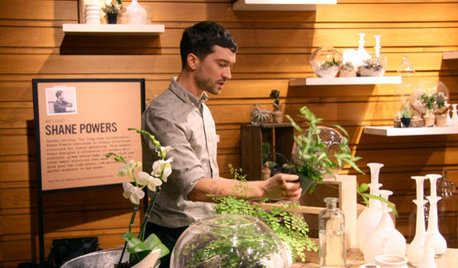
URBAN GARDENSOne Fern Day
Think terrariums are tiresome? Unusual containers and unexpected greens yield surprising offshoots
Full Story
HOUZZ TOURSMy Houzz: Cozy Country Meets Bohemian Artistic in Australia
Healthy helpings of salvage and rustic art give a pastureland home free-spirited style
Full Story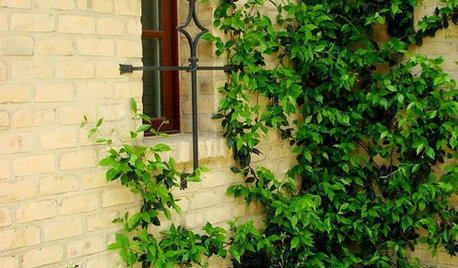
LIFEHow Your Landscaping Can Keep Burglars Away
Prevent home break-ins with strategic landscaping and good practices instead of menacing — and maybe less effective — measures
Full Story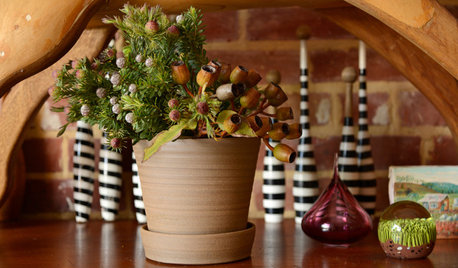
HOLIDAYSHoliday Decorating: Natural Looks From Down Under
Native greens and craftsy touches give an Australian stylist's home festive flair with an organic feel
Full Story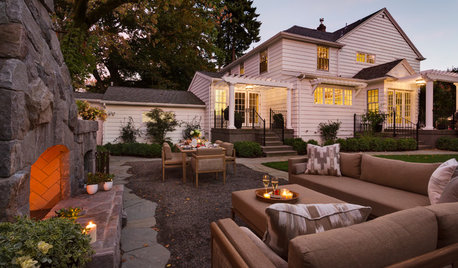
GARDENING AND LANDSCAPINGHouzz Survey: See What Homeowners Are Doing With Their Landscapes Now
Homeowners are busy putting in low-maintenance landscapes designed for outdoor living, according to the 2015 Houzz landscaping survey
Full Story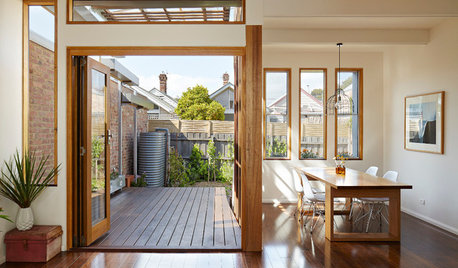
SAVING WATER11 Ways to Save Water at Home
Whether you live in a drought-stricken area or just want to help preserve a precious resource, here are things you can do to use less water
Full Story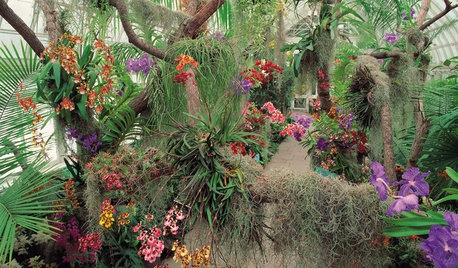
FLOWERSSee the Amazing Orchids Unfolding at a New York Garden Show
Get an eyeful of awe-inspiring orchids in incredible colors and learn how to keep one happily blooming at home
Full Story
HOUSEPLANTSHow to Create an Indoor Landscape
Apply principles and elements of design to help your indoor garden flourish
Full Story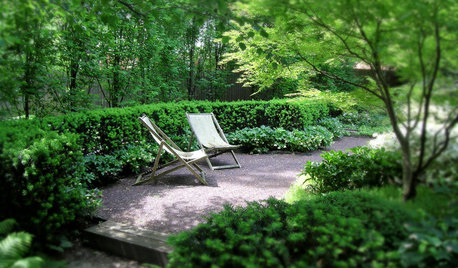
LANDSCAPE DESIGNDream Spaces: 10 Secluded Garden Nooks
Sometimes dreaminess is a single bench or a romantic table for 2 tucked amid greenery. See for yourself
Full Story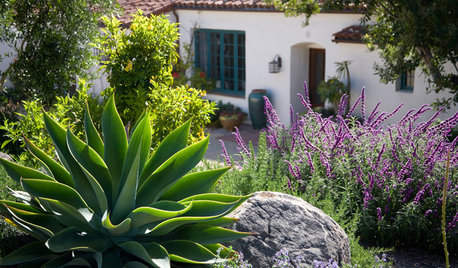
GARDENING GUIDESCommon Myths That May Be Hurting Your Garden
Discover the truth about fertilizer, soil, staking and more to keep your plants healthy and happy
Full Story


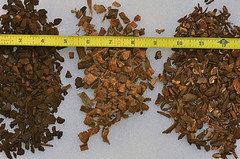
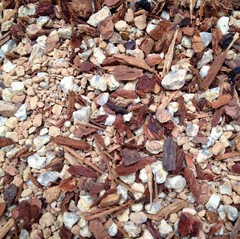
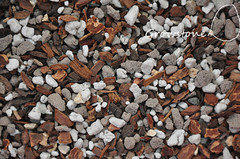
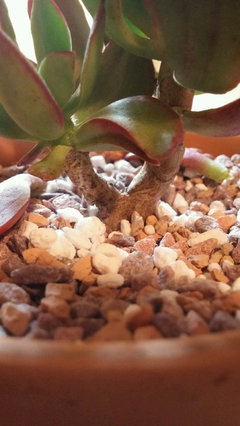
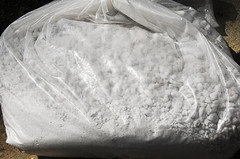
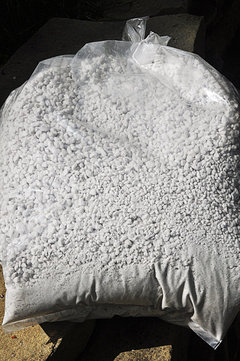


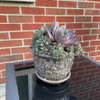
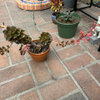
bernardyjh